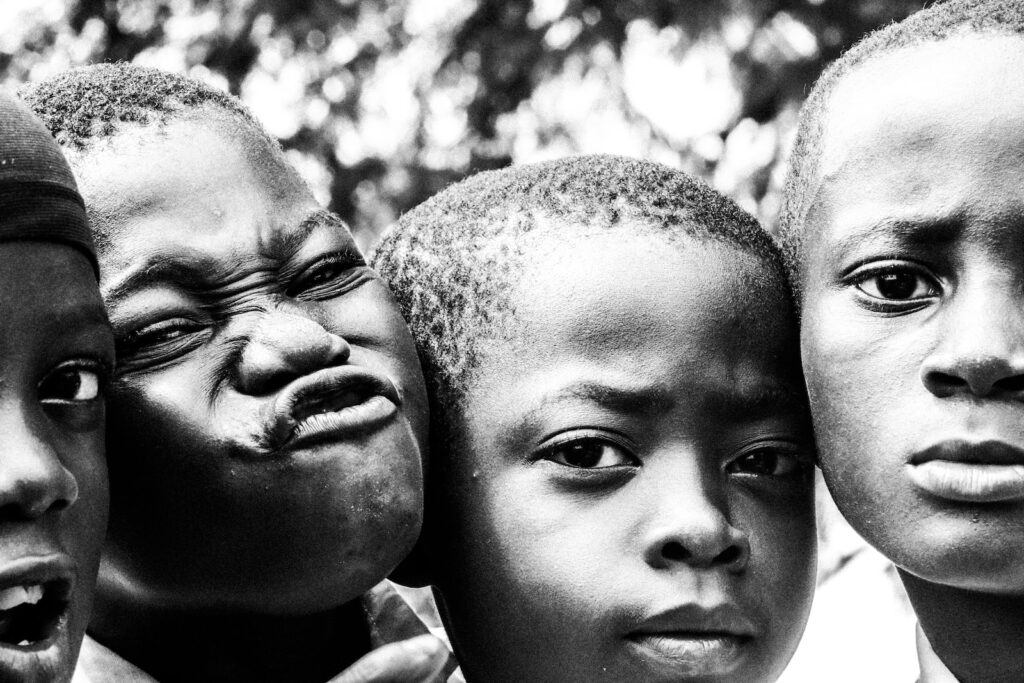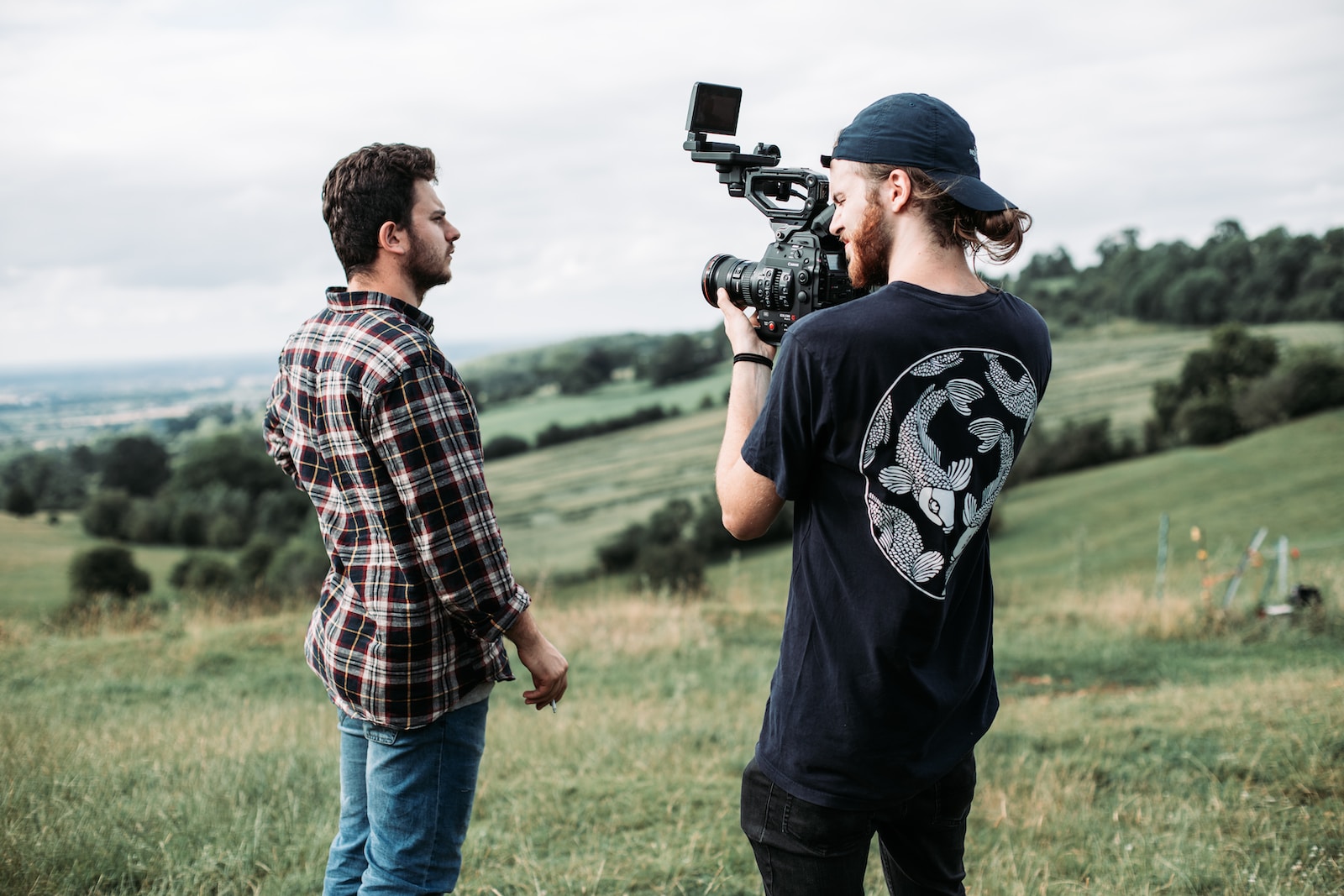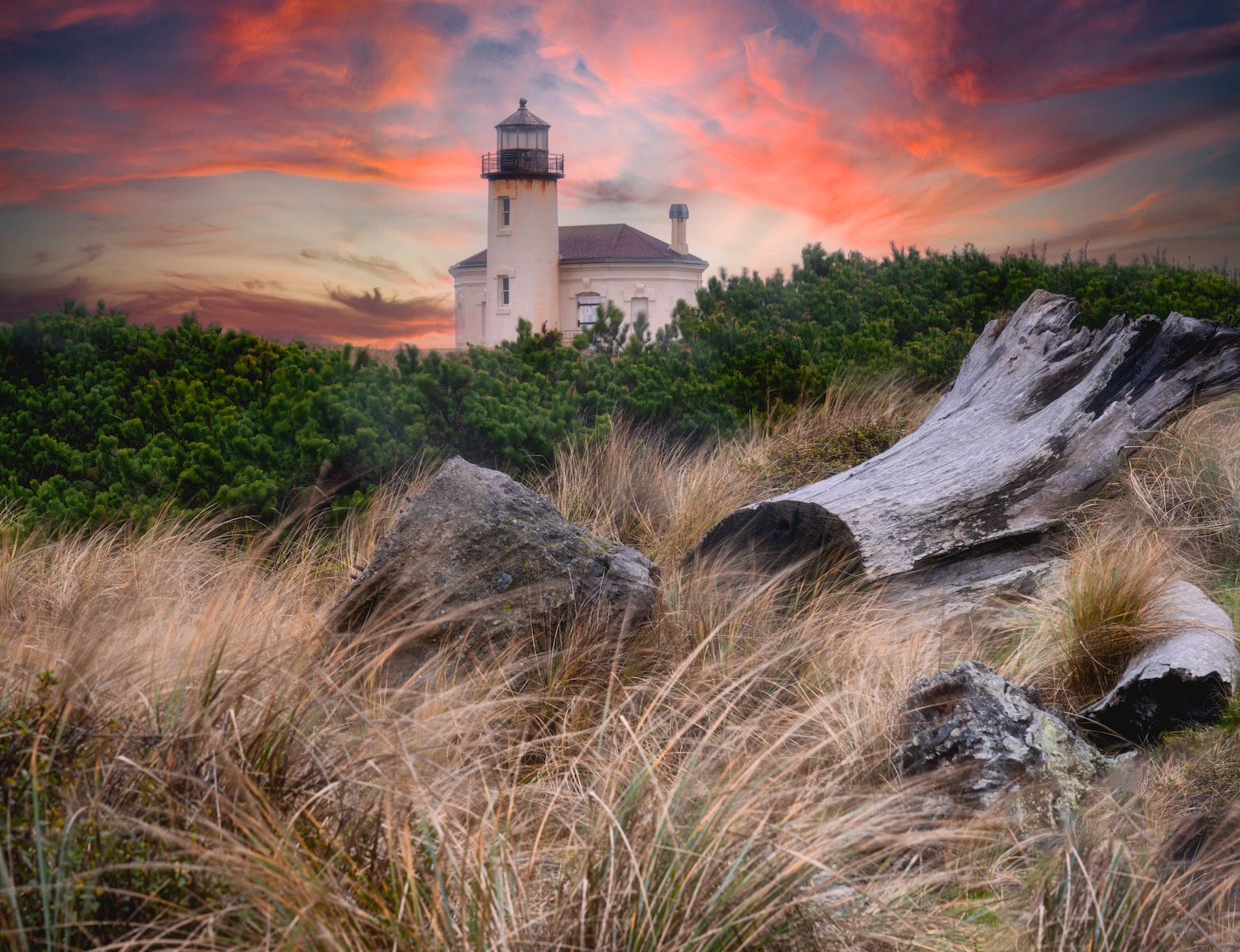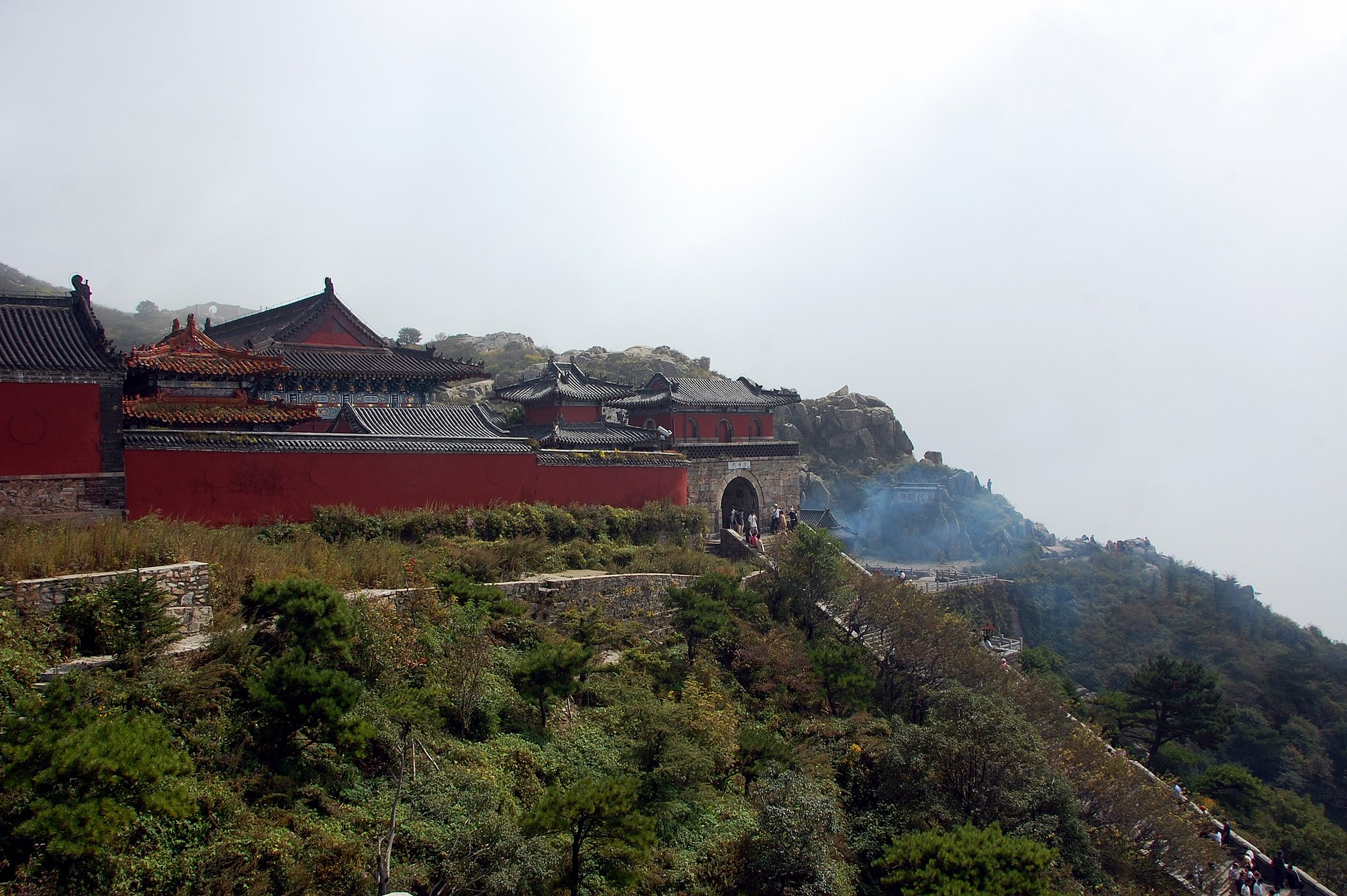Welcome to Stories Through Lens: The Art of Documentary Photography, a captivating blog that will transport you to the fascinating world of storytelling through the lens. Explore the power of photography to capture real-life moments, delve into the techniques behind powerful images, and uncover the intricacies of documentary photography. From the bustling streets of New York to the serene landscapes of the Amazon rainforest, join us as we unravel the stories hidden within each frame.
Table of Contents
- The Power of Storytelling
- The Importance of the Right Camera and Equipment
- Exploring the Art of Documentary Photography
- Frequently Asked Questions
- What is documentary photography?
- What makes documentary photography different from other forms of photography?
- What equipment is best for documentary photography?
- How do I develop my storytelling skills in documentary photography?
- What are some tips for capturing compelling documentary photographs?
- Are there any famous documentary photographers I should study?
- Wrap Up
The Power of Storytelling
Documentary photography is an art form that goes beyond merely capturing images. It has the unique ability to tell compelling stories through the lens of a camera. As a documentary photographer, your mission is to capture the essence of the subject and convey its narrative to the world.
With the right approach and techniques, you can create visual masterpieces that not only document reality but also evoke emotions and provoke thought. Let’s delve into some fascinating features of subjects that can make for exceptional photographs and how you can utilize the power of storytelling to bring them to life.
Uncovering Hidden Beauty
Documentary photography allows you to shed light on the unseen and often overlooked aspects of life. It could be the everyday lives of people in a remote village, the endangered species in a national park, or even the struggles of the underprivileged. By focusing on these extraordinary subjects, you have the opportunity to showcase their beauty and spark empathy in viewers.
To capture the essence of these subjects, experiment with different angles, perspectives, and lighting techniques. Get up close and personal to reveal intricate details and emotions. Whether it’s a weathered face or a vibrant landscape, let your photographs transport viewers into the scene and make them feel a part of the story.
The Art of Candid Moments
One of the most powerful aspects of documentary photography is capturing authentic, candid moments. These fleeting instances are often the rawest and most impactful. Rather than staging scenes, allow your subjects to be themselves and capture the genuine emotions that unfold.
Patience and observation are key in this process. Take your time to get to know your subjects, gain their trust, and blend into the environment. This will enable you to capture those unguarded moments that truly reflect the essence of the story.
Furthermore, consider using a wide-angle lens to include elements of the surroundings and create a sense of context. This technique adds depth to your photographs, allowing the viewer to connect more deeply with the story being told.
Documentary photography is a powerful tool for storytelling. By exploring and capturing the extraordinary aspects of your subject, you can create visually compelling and emotionally engaging photographs. Remember, the art of documentary photography lies in the ability to uncover hidden beauty and capture candid moments that mesmerize and captivate the audience.
Did you know that the first known documentary photograph was taken in 1826 by Joseph Nicéphore Niépce? This fascinating image titled "View from the Window at Le Gras" marked the beginning of a new era in storytelling through the lens.
The Importance of the Right Camera and Equipment
Documentary photography is a powerful medium that captures real-life stories and moments, allowing viewers to connect with the subject on a deeper level. To effectively convey these stories through your lens, it is essential to have the right camera and equipment.
Choosing the right camera largely depends on the type of documentary project you plan to undertake. Consider factors such as image quality, versatility, and low-light performance. Full-frame DSLRs or mirrorless cameras are popular choices for their superior image quality and interchangeable lens options. These cameras provide exceptional control over depth of field and allow for stunning visual storytelling.
Alternatively, for those who prefer to travel light and be less obtrusive, compact cameras can be a great choice. They offer convenience and discreetness while still delivering remarkable image quality. Additionally, many compact cameras feature advanced technology, such as fast autofocus systems and built-in image stabilization, which can greatly enhance your documentary photography.
Discovering the Right Lenses for Documentary Photography
When it comes to documentary photography, selecting the right lenses can greatly impact the stories you capture. Here are some lens options and the benefits they offer:
- Wide-angle lenses: These lenses, typically ranging from 14mm to 35mm, provide a broader perspective, allowing you to include more of the scene in your frame. They are excellent for capturing environmental portraits and contextualizing the subject within their surroundings. The wide field of view also enhances storytelling by immersing viewers in the scene.
- Standard lenses: Lenses with a focal length of around 50mm are considered standard lenses and closely resemble the human eye’s field of view. These lenses are versatile and ideal for capturing natural, candid moments in documentaries. They are great for portrait photography, interview shots, and capturing subjects up close.
- Telephoto lenses: Telephoto lenses, ranging from 70mm to 200mm or even longer, allow you to photograph subjects from a distance while maintaining image quality and detail. These lenses are particularly useful for situations where you want to maintain a respectful distance, capture intimate moments discreetly, or compress the perspective to emphasize the subject.
- Prime lenses: Prime lenses have a fixed focal length, such as 35mm or 50mm, and offer exceptional image quality and wide apertures. They allow for precise control over depth of field and low-light performance. Prime lenses are favored by many documentary photographers due to their sharpness, versatility, and ability to create a distinct visual style.
Remember, while the right camera and lenses are crucial, it’s important to choose equipment that suits your style and vision as a documentary photographer. Experiment with different options and find what works best for you and the stories you want to tell.
Enhance your documentary photography skills by understanding the art of storytelling through the lens. In the next section, we’ll explore the techniques and approaches used by documentary photographers to capture compelling stories. Stay tuned!

Exploring the Art of Documentary Photography
Documentary photography is a powerful medium that allows us to capture real-life moments, telling stories through the lens. Whether you’re an amateur enthusiast or a professional, understanding the art and technique behind this form of photography is essential. In this blog post, we will delve into the world of documentary photography, explore the best time of year to take photos, and discover the vantage points that can elevate your storytelling.
The Best Time of Year for Documenting Stories
When it comes to capturing stories through the lens, the time of year can greatly impact the mood and narrative of your photographs. Each season offers unique characteristics that can enhance the emotions and messages conveyed in your images.
In spring, blooming flowers and budding trees bring a sense of renewal and growth to your documentary photography. This season is perfect for capturing stories of transformation and new beginnings.
Summer, with its long days and vibrant colors, offers ample opportunities to showcase stories filled with energy, joy, and the essence of community. Festivals, outdoor events, and the bustling streets can all contribute to powerful narratives.
Fall, with its warm hues and falling leaves, creates a nostalgic and introspective atmosphere. Documenting stories during this season allows you to explore themes of change, reflection, and transition.
Winter, with its stark landscapes and cozy indoor scenes, provides an intimate setting for capturing stories of solitude, resilience, and togetherness. Snow-covered streets, holiday traditions, and indoor gatherings can all contribute to powerful narratives.
Vantage Points and Positions for Capturing the Best Photos
Choosing the right vantage point and position is crucial in documentary photography, as it can greatly influence the way a story is portrayed. Here are a couple of options to consider:
- Street Level: Photographing from the street level allows you to immerse yourself in the scene and capture raw, candid moments. Blend into the environment, observe your subjects, and wait for the perfect moment to click the shutter. This approach can provide an intimate and authentic perspective on the story you aim to tell.
- Overhead Perspective: Sometimes, taking a step back and shooting from an elevated position can provide a unique and captivating viewpoint. This approach works well when documenting large crowds, events, or scenes with interesting patterns or symmetries. Consider using rooftops, balconies, or even drones to capture stunning aerial shots.
- Close-up and Detailed Shots: Don’t shy away from getting up close and personal with your subjects. Whether it’s capturing the emotions on someone’s face or the intricate details of an everyday object, close-up shots can reveal the beauty and essence within a story. Pay attention to lighting, focus, and composition to truly bring out the details in your photographs.
In the world of documentary photography, the possibilities are endless. Experiment with different vantage points, positions, and seasons to discover your unique style and voice. By understanding the art and technique behind this form of photography, you can create compelling stories that resonate with your audience.
Continue to explore, learn, and document the world through your lens. Happy shooting!
One helpful tip for documentary photography is to capture candid moments by using a telephoto lens. This allows you to maintain a distance from your subjects, giving them the freedom to act naturally without feeling self-conscious. This technique often results in more authentic and meaningful storytelling through your photographs.
Frequently Asked Questions
What is documentary photography?
Documentary photography is a form of visual storytelling that captures real-life moments, people, and events in an objective and authentic manner.
What makes documentary photography different from other forms of photography?
Unlike other genres, documentary photography focuses on capturing the essence of a subject or event as it naturally unfolds, without any interference or manipulation by the photographer.
What equipment is best for documentary photography?
When it comes to documentary photography, the most important factor is to have a camera that allows you to capture moments quickly and easily. Many documentary photographers prefer using lightweight mirrorless cameras or DSLRs with prime lenses.
How do I develop my storytelling skills in documentary photography?
Developing storytelling skills in documentary photography requires keen observation, being aware of the narrative elements within a scene, and capturing those decisive moments that convey a story. Practice and experimenting with different approaches will help you enhance your storytelling abilities.
What are some tips for capturing compelling documentary photographs?
– Get to know your subjects and establish a connection with them.
– Be patient and attentive, ready to capture fleeting moments.
– Consider the composition and framing to enhance the storytelling.
– Use natural light whenever possible to maintain the authenticity of the scene.
– Stay respectful and ethical, always seeking permission when necessary.
Are there any famous documentary photographers I should study?
Yes, studying the works of renowned documentary photographers can provide invaluable insight and inspiration. Some notable names include Dorothea Lange, Sebastião Salgado, Mary Ellen Mark, and Steve McCurry, among many others.
Wrap Up
Documentary photography is an incredible medium that allows us to tell powerful stories through the lens. By capturing candid moments, we are able to create a visual narrative that can inspire, inform, and evoke emotions in others.
Through the art and technique of documentary photography, we have the ability to shed light on important social issues, capture cultural traditions, and preserve moments in history. Whether you’re an amateur or a seasoned photographer, documentary photography provides a unique platform to share your perspective with the world.
We hope this blog has ignited your passion for storytelling through photography. As you embark on your journey, remember to capture the essence of your subjects, embrace authenticity, and let your images speak for themselves.
Don’t forget to engage with us and fellow readers by leaving a comment below. Share your thoughts, experiences, or any tips you have for others who want to explore the art of documentary photography.


